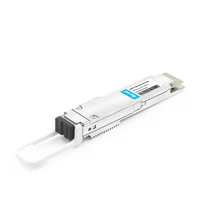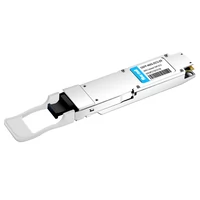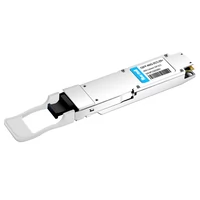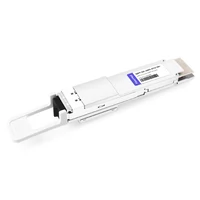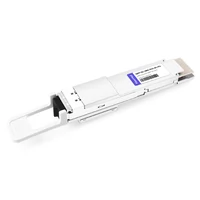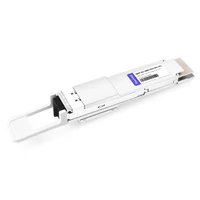In the continuously changing environment of data communication infrastructure (DCI), there has never been a greater need for transmission solutions that are both highly efficient and high-capacity. The development of 400ZR technology, together with QSFP-DD form factor improvement and dense wavelength division multiplexing (DWDM) techniques, offers an innovative way to optimize network performance over long distances. This paper explores 400ZR in detail, looking at its design principles, how it works as well and where it can be used in DCIs – mainly emphasizing its ability to support data transmission up to 120 kilometers. Such examination will give readers insights into the pros and cons associated with adopting this new standard, thus enabling more effective networks in our increasingly data-based world.
Table of Contents
ToggleWhat is 400zr and Why is It Important?
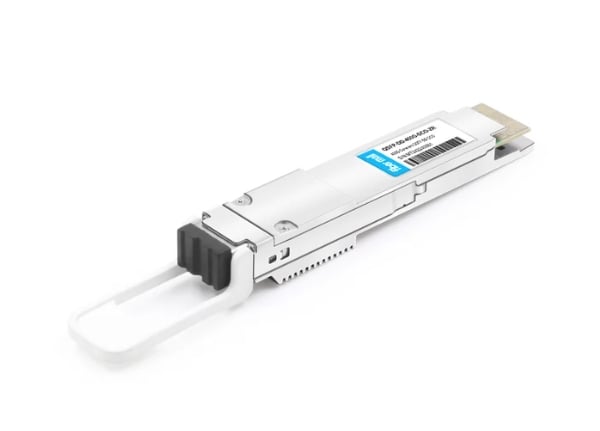
Understanding the 400ZR Standard
The purpose of the 400ZR standard is to enable high-speed data transmission across optical networks at a rate of 400 Gbps. Created by the Optical Internetworking Forum (OIF), it seeks to establish consistency in integrating coherent optics into metropolitan and long-haul DCI networks, among them being the most recent 400ZR Coherent Technology. It is expected that this will be achieved through interoperability with existing infrastructure, employment of more advanced modulation formats like PAM4, as well as supporting wavelengths that are optimized for DWDM systems, among other things necessary for successful communication between these devices or components that make up such systems. Another important feature of this standard is related to robust error correction methods together with digital signal processing algorithms designed for ensuring reliable operation even over distances up to 120 km without using any optical amplification.
How Do 400ZR Transceivers Work?
In order to realize data rates up to 400 Gbps, 400ZR transceivers employ sophisticated coherent optics technology. Such devices also apply digital signal processing (DSP) techniques so as to improve the integrity of signals received and compensate for distortions occurring primarily due to their transmission over extended lengths or through different media types than originally intended. To this end, they use a specific type of modulation known as PAM4, which allows encoding two bits into one symbol, thereby doubling the capacity achieved through each pulse width modulation scheme used previously while taking advantage of denser wavelength division multiplexing (DWDM), allowing multiple channels carried simultaneously on single fibers thus conserving scarce resource – bandwidth. Moreover, error detection circuits employed within such transceiver units guarantee dependable delivery of correct information by making sure that every sent bit can be identified and corrected if necessary before it reaches the receiver part connected via a link comprising various elements belonging to network architecture already established.
Role Played By OIF In Relation To 400ZR
The 400ZR protocol development and standardization efforts are heavily influenced by the Optical Internetworking Forum (OIF). The OIF brings together industry players to collaborate on key areas that will shape this industry going forward. It is responsible for setting technical specifications needed in order for interoperability between different vendors’ equipment; conducting tests aimed at confirming conformance with stated requirements while ensuring various implementations can work together seamlessly without any compatibility issues arising; promoting adoption so as to speed up deployment within data centers where high speeds may be required over shorter distances but also across wider area networks involving multiple hops between buildings located far apart from one another or even countries situated thousands of miles away.
How can 400zr benefit data center interconnect (DCI)?
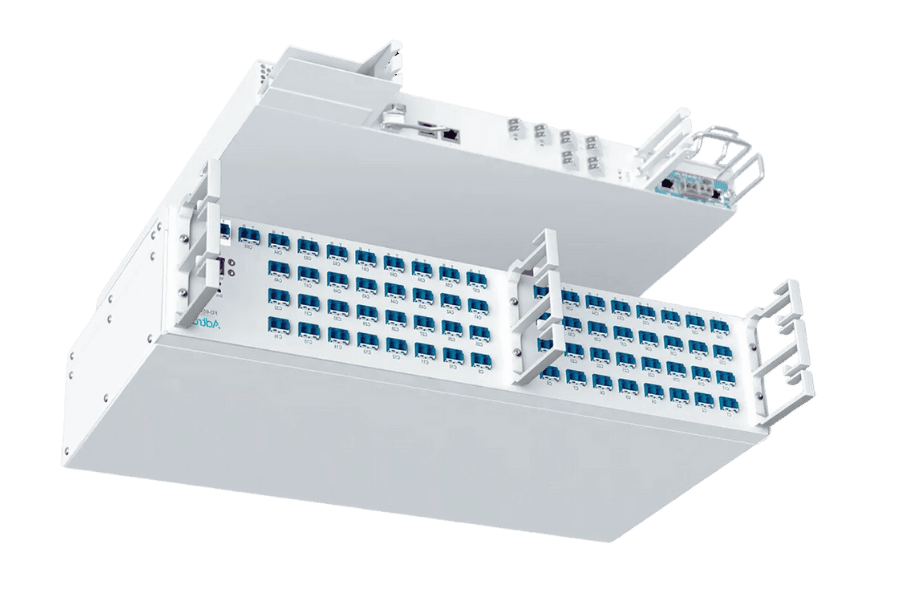
Strengthening the links between Data Centers
This is achieved by implementing a 400ZR protocol which enhances connectivity between data centers. These links are fast and have low latency, thus meeting the need for more bandwidth. This technology simplifies and lowers the cost of connecting data centers since it allows direct optical connections over larger distances without intermediate electronic regenerators. Additionally, it enables simultaneous transmission of increased volumes of information by utilizing optical fiber resources efficiently through advanced modulation techniques as well as DWDM, thus improving network reliability and capacity in general. In this way, 400ZR ensures that there is a smooth exchange of data, leading to operational efficiency and supporting growth scalability within DCI infrastructures.
Power saving in DCI
Another area where power can be saved in DCIs is through the adoption of 400ZR protocols, which cuts the number of electronic components needed. Optical connections directly bypass electronic regeneration, thereby considerably reducing signal boosting and processing energy utilization. Moreover, encoding efficiencies used with 400ZR enable higher rates for more information across fewer wavelengths, hence enhancing power conservation further. Such an approach not only reduces the carbon footprint associated with running DCIs but also aligns cost-effectiveness against sustainable targets during operation as a whole.
Which Are the Different Form Factors for 400zr Transceivers?
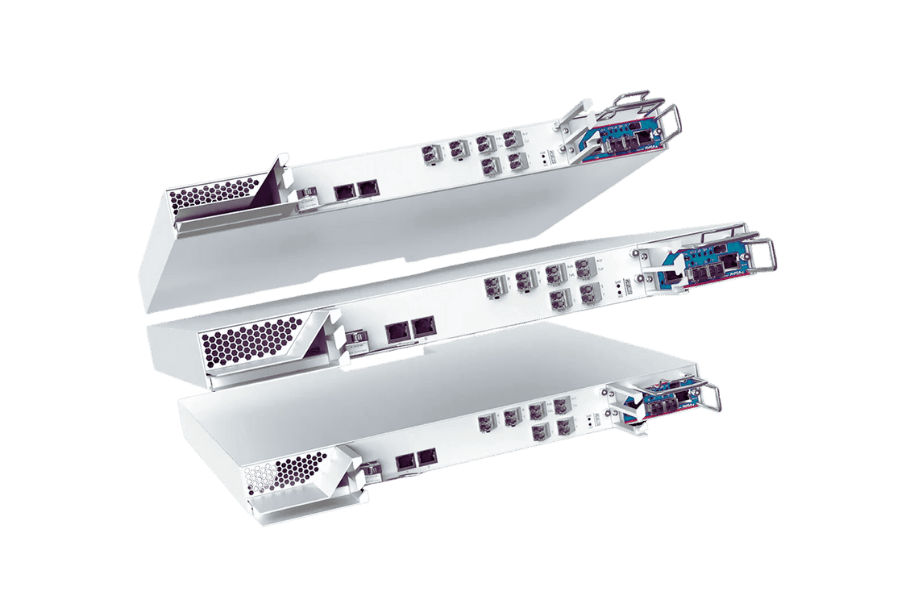
QSFP-DD and OSFP
The quad small form-factor pluggable double density (QSFP-DD) transceiver uses 8 channels of 50 Gbps each to enable data transmission at a rate of up to 400 Gbps. It is built with a compact design that can slot into existing QSFP sockets, thereby making it easy for people to upgrade their devices when they adopt this new standard for 400ZR.
Octal Small Form-factor Pluggable (OSFP) is another type of transceiver that can handle speeds of up to 400 Gbps. Like QSFP-DD, it also features eight lanes, with each running at 50 Gbps, but is designed to support higher power levels and cover longer distances. Being bigger in size gives the OSFP module an advantage over other modules when it comes to heat dissipation hence making them ideal choices for use in high-capacity data centers where cooling resources may be limited.
How They Compare with Other Transceiver Form Factors
By comparing these two types against others like SFP28 or CFP2, we find some notable differences between all four options available today. Firstly, while SFP28 supports only about 25Gbps per lane, both QSFP-DD and OSFP can offer speeds as fast as 400Gbps over their channels. On the other hand, CFP2 has been designed such that it allows signals that have traveled much further distances than any other form factor so far, thus making itself well suited for applications needing wide coverage areas though consuming lots more power overall. All things considered though, when used within tight spaces found within modern data then, nothing beats these new entrants since they are not just faster but also consume less energy compared with earlier technologies
What does the OIF 400zr Implementation Agreement do?
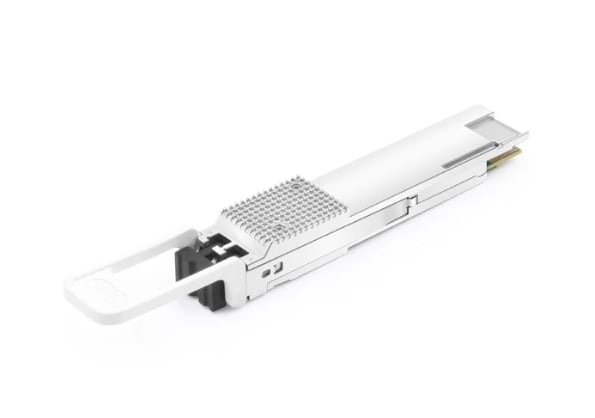
The most important things about the 400ZR IA
- Standardization: This agreement sets out what should be done to make sure all short-range 400 Gbps optical transceivers made by different companies work together.
- Technical Specifications: The deal says how physical parts like wires or connectors should look as well as signal quality needs and performance measures that must happen for a 400ZR transceiver to function properly within metropolitan area networks.
- Interoperability: It must work with existing frameworks which will help it fit seamlessly into today’s data center architectures.
- Cost Effectiveness: The IA provides a blueprint for lowering costs through standard designs and operations, thereby promoting price competition among transceivers manufacturers.
- Energy Efficiency in Next-Generation 400ZR Optic Deployments: Power saving tips are given here so that less electricity is used while data transmission rates remain high.
- Future Proofing: There is an allowance for new developments and changes in customer needs so as not to render these devices obsolete soon after purchase.
OpenZR and 400ZR Standards Integration for Interoperability and Vendor Collaboration
The success of 400ZR transceivers depends on interoperability that allows them to communicate through various manufacturers’ networks. The OIF 400ZR Implementation Agreement requires vendors to work together in a way that enables devices from different suppliers to function as one system without any hitches. This joint effort ensures adherence to specified technical requirements thereby standardizing methods for improved reliability as well as performance at the system level. Such an agreement by prioritizing interoperability also helps create many types of compatible products which foster innovation within the 400 Gbps optical transceiver market where customers have numerous options to choose from.
Implications of the 400ZR IA of OIF on Deployment
Deployment is significantly impacted by the implementation agreement (IA) of OIF 400 ZR. This speeds up deployment time as this means that operators can use off-the-shelf components that meet pre-set standards. Furthermore, fewer troubleshooting hours are spent due to decreased incompatibility problems allowing for more operational efficiency. Another thing that makes it fast to deploy is cost-effectiveness, which makes it possible for these network operators to manage the financial investment required when adopting new technologies. Additionally, future-proofing ensures that investments remain flexible enough, with emerging technologies being safeguarded against becoming obsolete too quickly within their useful life span.
How can you Optimize Your Network with 400zr?
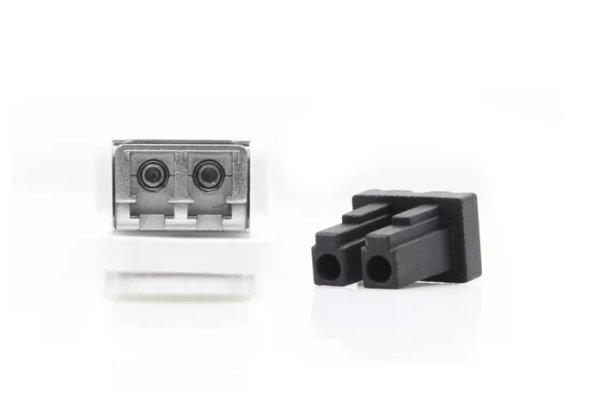
Steps to Prepare for 400ZR Deployment
To properly prepare for the deployment of 400ZR, there are a number of steps that need to be taken into account. These steps are as follows:
- Network Evaluation: Evaluate the current infrastructure in terms of its capability to meet the requirements of 400ZR and determine if any upgrades need to be made especially when it comes to using single span fiber optics.
- Component Selection: Choose transceivers and optical fibers that comply with 400ZR standards while at the same time meeting performance demands set by your network.
- Scalability: Design a deployment framework that is not only capable of supporting future growth but also keeping up with advancements in technology according to OIF’s standardization efforts.
- Interoperability Testing: Conduct thorough tests between different components from vendors so as to ensure integration is smooth without causing many problems during implementation phase.
- Cost Analysis for Implementing 400ZR and Future 800G Technologies: Carry out cost benefit analysis in order to allocate funds correctly towards purchasing various parts required for this project considering savings on operational expenses over long periods.
- Training & Support: Train technical staff about technology behind 400ZR; establish post-deployment support plan that highlights best practices realized through successful deployments among other things related to maintenance activities after installation has been completed based on what worked well elsewhere.
Making Sure it Works with What is Already There
- Run a check for Compatibility: Contrast the existing hardware and software configuration against the 400ZR specifications to identify where they do not measure up.
- Appraising the Interface: Check if the current transceivers and connectors can support the 400ZR signal without significant attenuation.
- Study of Optical Paths: Investigate whether or not wavelength compatibility exists between different types of fibers in terms of their performance, such as loss and dispersion, which should be optimized for new coherent technologies like 400ZR.
- Reviewing Network Design: Adapt the current network architecture so that it meets requirements for deploying 400ZR while ensuring enough capacity as well as performance levels are maintained throughout.
- Collaborating with Suppliers: Get in touch with suppliers who provide equipment used on-site at present to ascertain whether there will be any problems regarding interoperability between such vendors’ products and those related to 400 ZR technology; resolve these issues accordingly through negotiations or other means deemed appropriate by parties involved.
How to Make it Use More Bandwidth
- Analyze Traffic: Examine where most traffic comes from, when it does so and why during peaking hours also determine possible bottlenecks that may occur when integrating next generation systems with 400 ZR capabilities.
- Quality Service Provision for Next-Generation Networks based on QoS Standards underpinned by 400ZR Technologies: Establish protocols guaranteeing quality services while prioritizing critical applications thus ensuring efficient use of resources especially bandwidth management within networks having advanced features offered by this standard
- Balance Loads: Ensure balanced distribution of workloads across various paths or devices thereby improving throughput rates hence reducing congestion levels experienced within network infrastructure supporting such traffic flows compatible with enhanced versions achieved through load balancing strategies enabled via multiple devices/p>
- Optimize Tools: Employ techniques compressing data together with transmission elimination mechanisms aimed at reducing redundant transmissions thereby making use all available bandwidths achievable through optimization solutions implemented across networks required for supporting higher speeds provided for by 400ZR
- Keep Watching over Coherent Technology Bandwidth: Continuous monitoring should be enforced with regard to bandwidth utilization as well general performance exhibited by any network utilizing coherent compatible devices like 400 ZR so that necessary adjustments can be made in good time.
Reference Sources
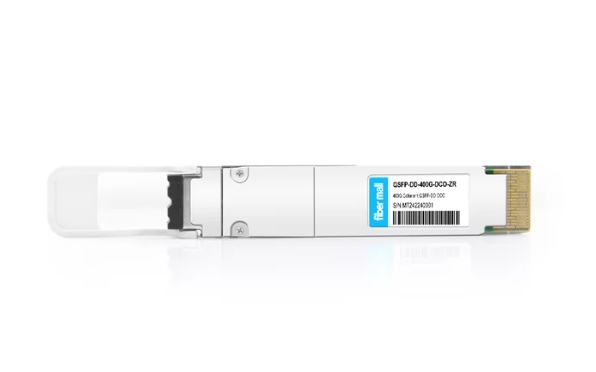
Wavelength-division multiplexing
Frequently Asked Questions (FAQs)
Q: What is 400ZR, and why is it important for data center interconnections?
A: For data centers, 400ZR is an interface standard that permits high-capacity point-to-point connections between them. It supports future speeds of up to 400Gbps by using coherent digital signal processing for long-distance transmission over single-span fiber optic links.
Q: How does 400ZR leverage DWDM links?
A: By increasing the capacity of data transmission, DWDM links are used in combination with 400ZR. This technology sends multiple signals through a single fiber optic cable to improve bandwidth while enabling long-distance communications within metro networks and data centers up to distances of 80 km.
Q: What form factor does the 400ZR module come in?
A: The 400ZR module comes in QSFP-DD (quad small form-factor pluggable double density) design which allows easy integration into existing network infrastructures as well as facilitating high-density deployments.
Q: What are the typical distances that 400ZR can cover?
A: While being capable of providing connections between hyperscale facilities and enterprise locations or between data centers and metro networks, the range of deployment for this type will mostly fall within single span fibers ranging from a few meters up to around hundred twenty kilometers long; multi-spans may also be supported depending on specific needs.
Q: What interoperability standards does 400ZR adhere to?
A: Data center operators looking for ways to incorporate heterogeneous network environments can do so with peace knowing that MSA (multi-source agreement) standards have been adhered to by this specification thus ensuring compatibility among different vendors’ equipment.
Q: How does Forward Error Correction (FEC) enhance 400ZR performance?
A: In order for it correct errors that might happen during information transfer when travelling over long distances; this means reliable communication between sender and receiver will always take place hence making sure that all transmitted data arrives at its destination intact, Forward Error Correction (FEC) has been put in place within 400ZR modules.
Q: What makes 400ZR a good fit for Ethernet-based applications?
A: Ethernet-based networking devices like switches or routers can easily integrate with 400ZR since they both support 400GE (400 Gigabit Ethernet); thus making it ideal for use within data center construction projects where high-speed Ethernet connectivity is required.
Q: How does the concept of an open line system relate to 400ZR?
A: The idea behind having an open line system when dealing with anything related to 400ZR is that there should be flexibility as well as neutrality between various components and technologies involved; this allows scaling up/down network configurations according to changing needs without necessarily being tied down to one vendor product.
Q: What was the role of the OIF in standardizing 400ZR?
A: Launched officially by Optical internetworking forum (OIF) back in March last year,the work done by them on standardizing this specification cannot be underestimated; their involvement served as a catalyst towards achieving common grounds necessary for enhancing adoption and development around such kind of technology.
Related Products:
-
 QSFP-DD-400G-DCO-ZR 400G Coherent QSFP-DD DCO C-band Tunable Optical Transceiver Module
$6000.00
QSFP-DD-400G-DCO-ZR 400G Coherent QSFP-DD DCO C-band Tunable Optical Transceiver Module
$6000.00
-
 OSFP-400G-DCO-ZR 400G Coherent OSFP-DCO ZR C-band Tunable Optical Transceiver Module
$7000.00
OSFP-400G-DCO-ZR 400G Coherent OSFP-DCO ZR C-band Tunable Optical Transceiver Module
$7000.00
-
 OSFP-400G-DCO-ZR+ 400G Coherent OSFP-DCO ZR+ C-band Tunable Optical Transceiver Module
$7000.00
OSFP-400G-DCO-ZR+ 400G Coherent OSFP-DCO ZR+ C-band Tunable Optical Transceiver Module
$7000.00
-
 QSFP-DD-400G-DCO-ZR+ 400G Coherent QSFP-DD DCO C-band Tunable Optical Transceiver Module
$6500.00
QSFP-DD-400G-DCO-ZR+ 400G Coherent QSFP-DD DCO C-band Tunable Optical Transceiver Module
$6500.00
-
 QSFP-DD-400G-DCO-ZR-HTx 400G Coherent High TX Power QSFP-DD DCO ZR C-band Tunable Optical Transceiver Module
$6500.00
QSFP-DD-400G-DCO-ZR-HTx 400G Coherent High TX Power QSFP-DD DCO ZR C-band Tunable Optical Transceiver Module
$6500.00
-
 QSFP-DD-400G-DCO-ZR+-HTx 400G Coherent High TX Power QSFP-DD DCO OpenZR+ C-band Tunable Optical Transceiver Module
$7000.00
QSFP-DD-400G-DCO-ZR+-HTx 400G Coherent High TX Power QSFP-DD DCO OpenZR+ C-band Tunable Optical Transceiver Module
$7000.00

